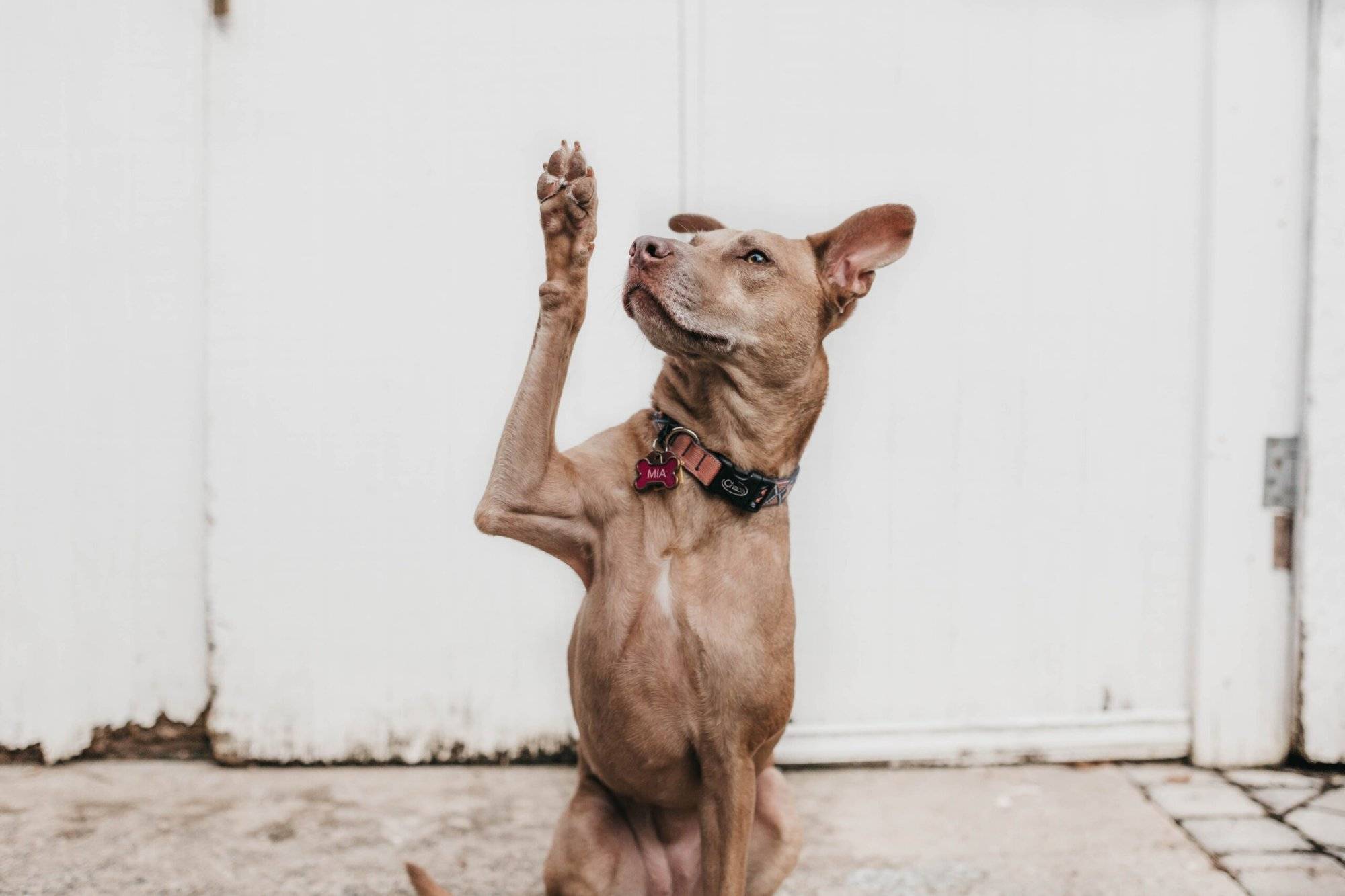What Does My Puppy's Behavior Mean?
Puppies are learning to talk as they learn to walk, play, and exhibit other puppy behaviors. Although puppies and dogs cannot communicate verbally, they do so through body language and other expressive behaviors. Understanding puppy body language will help you communicate with your puppy more effectively.
Understanding Your Puppy's Body Language

Your puppy’s facial expressions may make you laugh or coo, but their expressiveness extends far beyond the look on their furry face. Puppies communicate with their entire body, from their eyes to their tail.Squinting and droopy lids indicate happiness or pleasure, especially when engaged in a pleasurable activity such as being petted. Wide-open eyes indicate alertness. Averting your gaze and avoiding eye contact indicates submission or stress, whereas staring is a challenge and indicates that your pup is asserting dominance. Pay close attention to the students as well. When an aggressive puppy is about to attack, its pupils dilate.
Ears:
While the size and shape of the ears can affect how easy it is to see and understand ear language, the ears of a pup on high alert are erect and face forward. Fear or submission is indicated by their ears flat against the back of their head.
Mouth:
A puppy who has a partially open mouth and a lolling tongue is happy and relaxed. Appeasement is demonstrated by licking or flicking the tongue as if to lick. A puppy who grabs or nips at the mouth or muzzle of another dog is attempting to assert dominance. These gestures are fairly obvious, but when a puppy exposes their teeth, it is less clear. Lips pulled upward to expose the canines denotes dominance and aggression, whereas lips pulled apart in a friendly grin denotes submission.
Posture:
The way your dog carries themselves says a lot about them. Dogs who are confident or asserting dominance walk tall and hold themselves erect. Bumping, pushing, leaning, and looming over other dogs or people are also dominant postures. Puppies who are insecure will try to appear smaller by flattening their ears, lowering their heads, and tucking in their tail. Rolling over to expose the tummy and raising a placating paw are also signs of submission or comfort with you.
Fur:
Your dog’s fur can tell you a lot about their mood. A dog on high alert, whether fearful or aggressive, will raise their hackles (the fur along their spine will stand on end).
Wagging tail:

You might think that a wagging tail indicates happiness and friendliness. A tail wag, however, can indicate a variety of moods depending on other types of body language. If your dog’s hind end or entire body is wagging, this is a sign that they are excited to see you. A slower wag, on the other hand, may indicate uncertainty and hesitation, whereas a tail held high and wagging quickly but in a narrow arc indicates fear or aggression.


